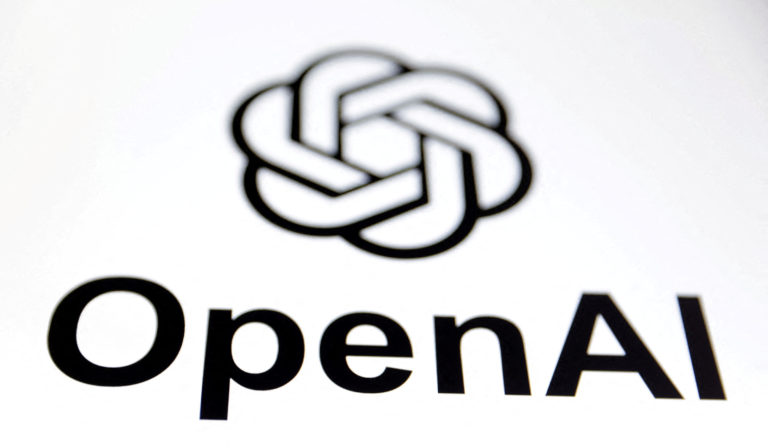
OpenAI’s cutting-edge AI model, o1-pro, has quickly become the organization’s most costly and exclusive offering. This begs the question of how the upcoming o3 model will be vastly more expensive. Industry experts are confident that o1-pro provides a more accurate baseline for understanding the true costs associated with o3. This is especially pertinent given that o3 needs significant computing power.
The Role of o1-pro in Understanding o3 Costs
The o1-pro model, which operates more like a high-end software application, is suited for more focused tasks like software development. In other words, it is largely predicated on test-time computation. Mike Knoop of the Arc Prize Foundation gives this access issue top billing, saying that it’s key to grasping the cost implications of o3. Knoop states, “We believe o1-pro is a closer comparison of true o3 cost … due to amount of test-time compute used.” This assertion suggests that the operational needs of o1-pro could act as a strong proxy for predicting o3’s costs.
OpenAI’s pricing for o1-pro reaffirms its market positioning as an AI premium. As a licensing play, the organization can charge users as much as $20,000 per month for access to this model. That new pricing structure turns o1-pro into something that sounds like a premium AI model. It suggests that o1-pro needs more computing power than the upcoming, lower-tier o3 model, slated to be released shortly. With operational costs like this so high, the user and developer impact would be profound.
As general capabilities in the field of artificial intelligence explode, so too does the need for models that can create highly specialized outputs. OpenAI’s o1-pro fits that bill but does so at a prototypical exorbitant cost. Its potentially huge test-time compute footprint means that entities hoping to adopt this technology need to plan for the associated costs.
Author’s Opinion
OpenAI’s approach of positioning its models as exclusive and premium is becoming more evident with the release of o1-pro and the anticipated o3 model. While these developments push the boundaries of AI capabilities, the steep costs associated with these models could pose challenges for broader adoption, especially for smaller developers and startups. Without careful management, the high costs could stifle innovation and limit access to the very technology that is pushing the field forward.
Featured image credit: PBS
Follow us for more breaking news on DMR
